as well as to bury it.
2019 was exceptionally tough for me, personally. My household broke up, and my mom committed suicide, and my main work client succumbed to chaos for a time. I had flood cleanup and repairs to do at the river house, and an evacuation during fire season. It seemed like one damn thing after another all year.
But 2020?
Mostly, I feel badly for my kid, and all kids who lost nearly a year of their childhood to the lockdown, and are still losing. And of course I feel badly for people who got sick, or died, and for the people who took care of them, all the time being ill-led and poorly resourced.
Ever since reading Laurie Garrett’s The Coming Plague, back in the ‘90s, I’ve known a pandemic was coming. This disease, this pandemic? It’s still in progress.
So far there are many silver linings.
First silver lining: It happened on Donald Trump’s watch, and drove his incompetent and corrupt presidency into the realm of the ridiculous–and contributed to his defeat. Remember, in the wake of the 2016 election, we actually had some people,–even sober and well-intentioned people–saying GOP supporters were just ill-informed, or economically anxious. This time around it’s clear that Trump is (and was) a convenient focus (not even a leader, really) for an ongoing, broad-based fascist movement rooted in the masses of uneducated white people.
We are polarized, to be sure. Is it a bad thing that so many progressive Americans finally, in 2020, woke up to that?
The Bernie-Sanders-and-leftward left, which seemed kind of resurgent in 2016, and carried some momentum through to the 2020 primaries, has now–by the hand of its own arrogance and cluelessness–made itself practically irrelevant.
In its place, there is an upsurge in political participation–an upsurge that is most urgently anti-fascist and pro-democratic, but also includes new discussion and debate about the country’s history, about whiteness, and about capitalist economics. Many now expect and anticipate radical change, and foresee that change coming over years, via existing democratic structures. Many self-defeating shibboleths–it’s the corporations, it’s the electoral college, it’s money in politics, it’s Fox News–have given way to the realization that American conservatism and resistance to change is rooted in white supremacy, and the scale and nature of our battle is more akin to the American Civil War than to the revolution of 1848 (in Europe), or to the labor movement of the 1880s through the 1930s here, or to the 1960s social upheaval.
The movement for Black lives–at its height over the summer–revealed the potency of this upsurge, not just because the demonstrations were widespread and persistent, but more importantly, because attention was soon directed to demands that are specific, achievable, and far reaching. The Democratic Party, acknowledging its African-American base, embraced that movement. Progressives, who have in the past dallied with “critical support” (or half-hearted support) for the Democratic Party, were required to take a side. All to the good.
As a second silver lining, the response to the pandemic is a dress rehearsal for the required response to climate change: Massive, rapid change is necessary. Trillions must be spent. Competent government is required, or the entire population suffers. A majority (or at least a near-majority, and headed in the right direction) accepts this.
There are other silver linings: Expressions of anti-scientific prejudice now get, in 2020, howls of derision and not merely tut-tuts. There is, to my perception, a marked abating of the “personal solution” attitude that came in to vogue in the early 1970s and has persisted throughout my time. The same goes for various forms of reactionary nostalgia, or the idea that “technology won’t save us” (then what, pray tell, will?).
So overall, I find the country’s political and social milieu much improved over where it was a year ago.
As for my personal situation, as in the past few years, not everything went right, but the things that I did–where I took action–not only turned out mostly right, but were if anything aided by the extraordinary situation of the pandemic. I got a new solar roof on my house, and the house painted, and am happy with the result. In the middle of the year, I signed a new contract to continue assisting my main client.
Around the same time, while dating under pandemic restrictions, I found a great new love relationship.
With no Club rides, and no commuting to the barber or therapist, my mileage on the bike was way down (2,343 miles from 3,660) but I kept it up consistently.
I meditated 20 minutes on each of 364 days during the year.
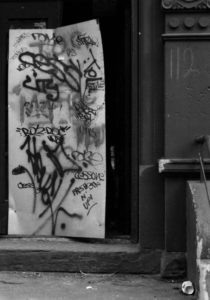
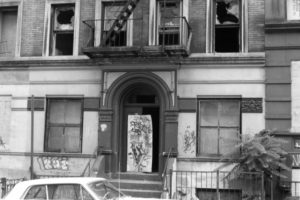
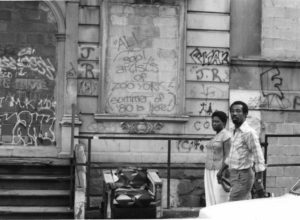
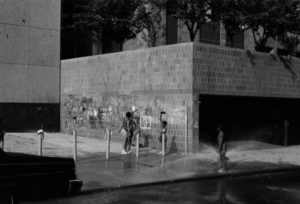
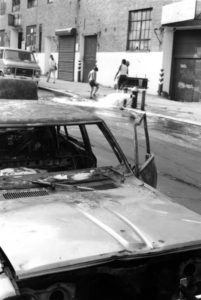
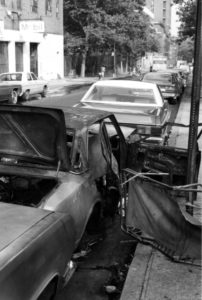
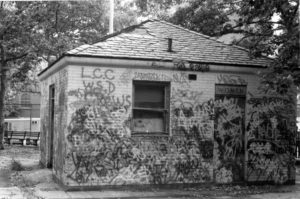

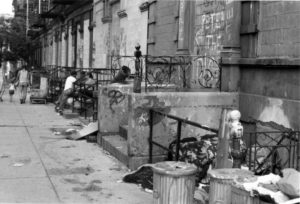
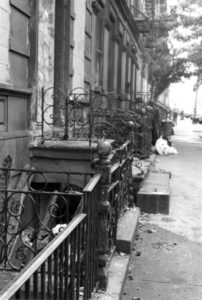
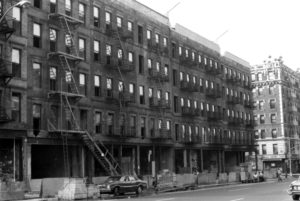
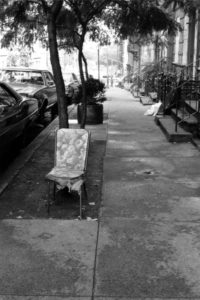

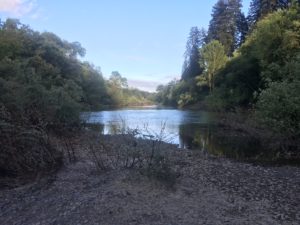
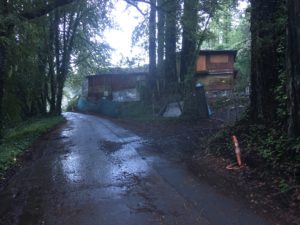 I was also hoping for some woodsy peace, but I didn’t get that either. There was a profusion of “No Trespassing” and “Keep Out” signs everywhere, and those always put me on edge. Like I’m feeling these folks don’t want outsiders walking up their road.
I was also hoping for some woodsy peace, but I didn’t get that either. There was a profusion of “No Trespassing” and “Keep Out” signs everywhere, and those always put me on edge. Like I’m feeling these folks don’t want outsiders walking up their road.